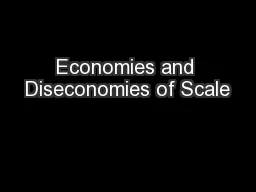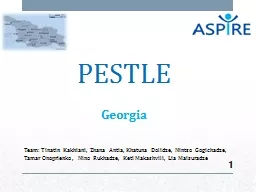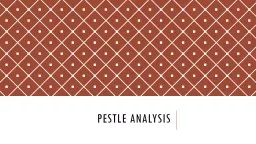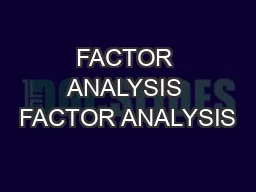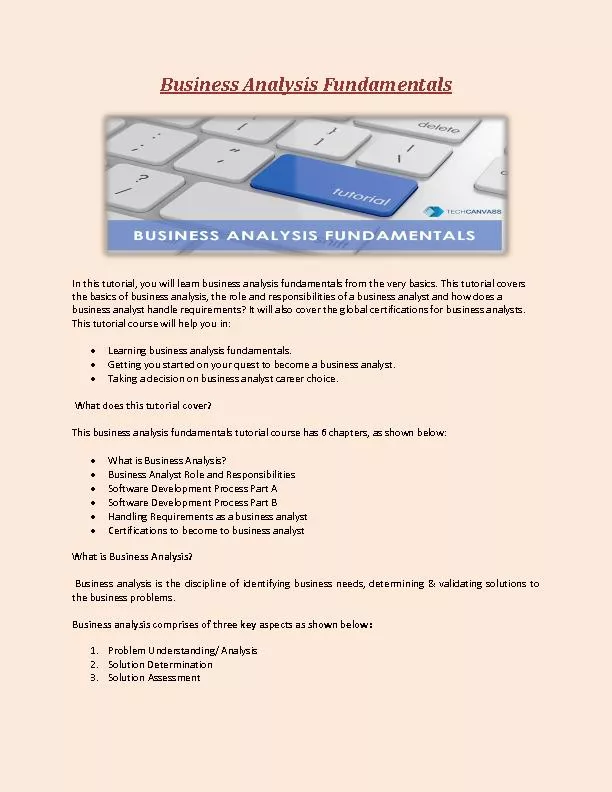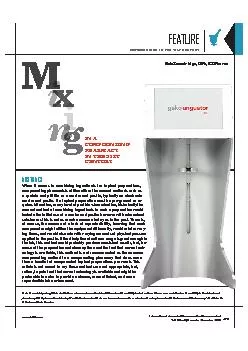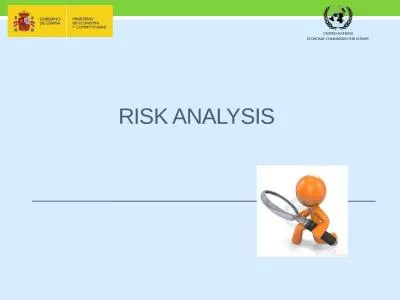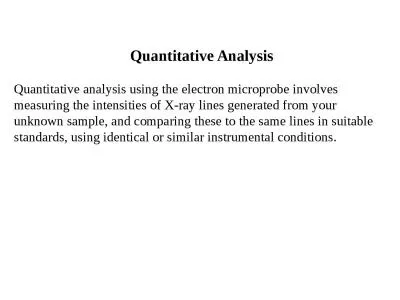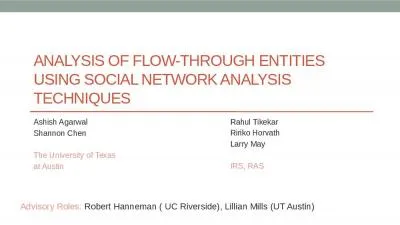PPT-PESTLE Analysis
Author : jane-oiler | Published Date : 2016-06-16
Thinking Creatively PESTLE Analysis The origins of PESTLE are very elusive but an embryonic form of it appears in a 1967 book by Francis J Aguilar PESTLE is a way
Presentation Embed Code
Download Presentation
Download Presentation The PPT/PDF document "PESTLE Analysis" is the property of its rightful owner. Permission is granted to download and print the materials on this website for personal, non-commercial use only, and to display it on your personal computer provided you do not modify the materials and that you retain all copyright notices contained in the materials. By downloading content from our website, you accept the terms of this agreement.
PESTLE Analysis: Transcript
Download Rules Of Document
"PESTLE Analysis"The content belongs to its owner. You may download and print it for personal use, without modification, and keep all copyright notices. By downloading, you agree to these terms.
Related Documents



